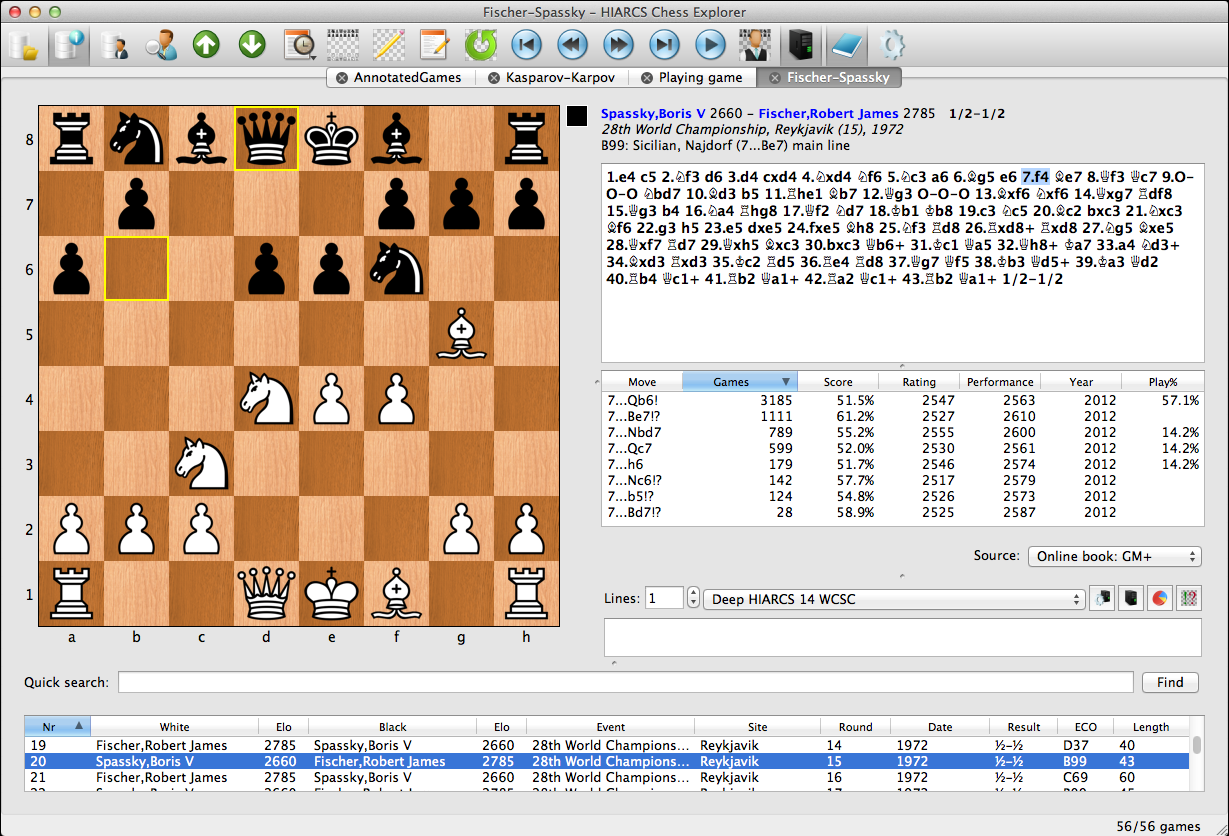Best Resolution For Photo Export From Mac
The PPI (Pixels Per Inch) setting, or Resolution, is generally irrelevant as long as the overall pixel dimensions are correct. As a side point, DPI refers to Dots Per Inch, which doesn’t apply to digital images until they’re dots on a piece of paper. We won’t go into a lot of detail as a web search on ‘PPI resolution’ will produce a multitude of information, but you’re simply defining how to divide up the photo. When you’re talking in pixel dimensions, PPI doesn’t mean anything. It’s only useful when combined with units of measurements. Imagine you’ve finished baking your cake—you can divide it into 4 fat slices, or 16 narrow slices, but the overall amount of cake doesn’t change.

Best quality photo export for Instagram Introduction. Instagram is a mobile photo-sharing and social networking platform. Most noteworthy, it enables its users to share pictures and videos with other users and on a variety of social networking platforms like Facebook and Twitter. Apr 23, 2015 Let's review the sharing, exporting and importing tools of Photos for Mac. After selecting a photo or video or a group or photos or videos, click the share button in the upper-right corner. Photo: Rob LeFebvre/Cult of Mac If you use the menu, you’ll see two options when you select Export: “Export X Photos” and Export Unmodified Original For X Photos,” where X is the number of. Image resolution for a good print is usually sufficient at 300 dpi, which gives us an image size of 2400x3600. However this is 2013 and not 1993 so I would suggest delivering your image in a resolution compatible with 4K viewing, aka ultra HD or 2160p.
Your photo behaves the same way. Text editor for mac won't crash with large data.  The PPI setting just tells other programs how many slices you think the photo should be divided into, but there’s the same amount of data overall. The PPI setting becomes more useful when resizing in inches or cm rather than in pixels, as it saves you calculating pixel dimensions. For example, creating a small image of 0.5” x 0.5” at 300ppi will give you 150px x 150px. That tiny image will look good when printed in that small size, but if you try to spread those same pixels over a larger area, for example, 2” x 2” at 75ppi which is also 150px x 150px, then the result will be lower quality and pixelated. To create a good quality print in the larger size, you’d need more data, so you’d need a larger number.
The PPI setting just tells other programs how many slices you think the photo should be divided into, but there’s the same amount of data overall. The PPI setting becomes more useful when resizing in inches or cm rather than in pixels, as it saves you calculating pixel dimensions. For example, creating a small image of 0.5” x 0.5” at 300ppi will give you 150px x 150px. That tiny image will look good when printed in that small size, but if you try to spread those same pixels over a larger area, for example, 2” x 2” at 75ppi which is also 150px x 150px, then the result will be lower quality and pixelated. To create a good quality print in the larger size, you’d need more data, so you’d need a larger number.
If your image was 600px x 600px, or 2” x 2” at 300ppi, you’ll see less pixelation. Moving on from smiley faces, when sending photos to a lab for printing, you may decide against sending them the full resolution file, and choose to downsize to a smaller file size for faster upload. As a rule of thumb, about 250-300ppi, with the correct print dimensions in inches or centimeters, is a good trade-off for printing. Selecting a photo size of 4”x6” at 300ppi, or the equivalent pixel dimensions of 1200×1800, is plenty for most labs to print a good quality 4”x6” print. On the other hand, using 4”x6” at 72ppi will give pixel dimensions of just 288×432, which will be pixelated and low quality.
Best Resolution For Photo
If you’re just starting out, here are some sample export settings for different uses: Email—Longest Edge 800px, and you can ignore the resolution as we’re specifying the size in pixels. Format JPEG, quality 60-80.